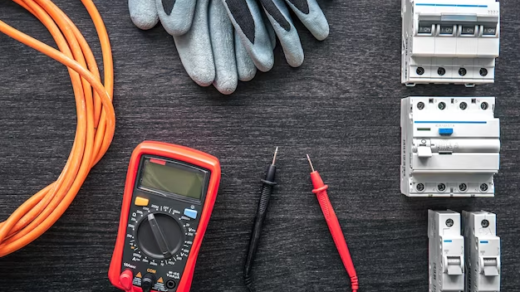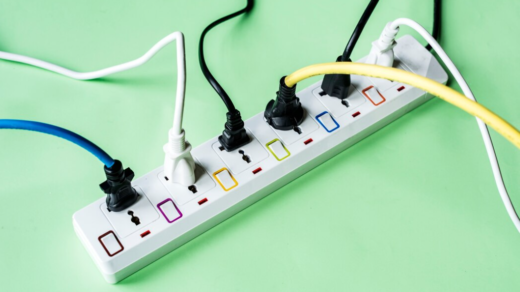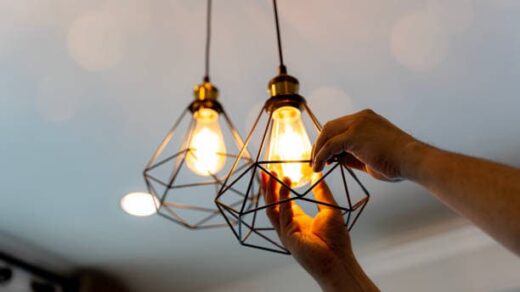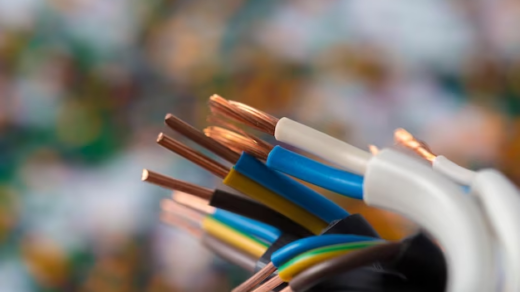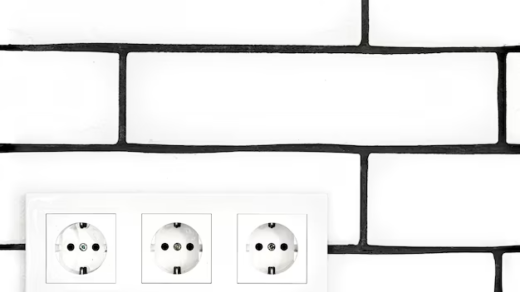The elaborate domain of electrical setups demands paramount attention to compatibility and safety, with a special focus on systems involving aluminum wiring. This article explores the nuances, offering a detailed analysis of the choice, examination, and upkeeping of outlets tailored for the distinct characteristics of aluminum wiring.
Readers will acquire a profound understanding of the characteristic elements, implementation guidelines, and conservation methods vital in upholding the safety, effectiveness, and structural integrity of electrical configurations utilizing aluminum wiring.
Table of Contents:
- Selecting Compatible Outlets;
- Maintenance and Inspection Protocols;
- Distinguishing Features of Aluminum-Rated Outlets;
- Installation and Professional Engagement;
- Cost of Electrical Outlets for Aluminum Conductors;
- Safety Measures and Protocols for Aluminum Conductor Installation;
- Evolution of Safety Standards for Aluminum Conductors;
- Adopting Copper Pigtails for Enhanced Safety and Efficiency;
- Conclusion.
Selecting Compatible Outlets
When dealing with aluminum wiring, the pivotal first step is the meticulous selection of suitable electrical sockets. Approved models are typically inscribed with designations like CO/ALR, CU-AL, or AL-CU, signifying their adaptability for both copper and aluminum conductors. These indicators are essential for both homeowners and skilled electricians to facilitate accurate selection.
Conversely, contemporary “decora” switches and sockets are often not rated for aluminum wiring compatibility. It’s vital to avoid sockets labeled with ‘AL’ crossed out, signaling their explicit non-compatibility and associated hazards.
The selection of compatible sockets is central to ensuring uninterrupted electrical flow and minimizing the dangers of overheating and fire incidents. The emphasis on these specifics is fundamental for safety and adherence to regulatory norms.
Maintenance and Inspection Protocols
A well-structured conservation strategy for residences with aluminum wiring incorporates regular assessments of switches and sockets. This process entails the dismantling of cover plates and an intensive visual scrutiny of the cables. Elements to look out for include evidence of burning, noticeable heat release, peculiar smells, and instability of the connections.
The specialized nature of aluminum wiring negates the advisability of amateur handling. When irregularities are identified, the intervention of a certified electrician is vital. Occupants with aluminum wiring setups are advised to engage specialists for regular assessments to confirm the steadfastness and oxidation-free state of all junctions.
This anticipatory maintenance methodology highlights a dedication to safety and the enduring functionality of the electrical arrangement, curtailing potential dangers and confirming compliance with established electrical safety protocols.
Distinguishing Features of Aluminum-Rated Outlets
Aluminum-rated outlets are distinguished by their specialized construction designed to accommodate the distinct characteristics of aluminum conductors. These outlets feature contacts and terminal screws fabricated from specialized metals that ensure a firm grip on the stripped ends of the aluminum conductors, effectively preventing loose connections that could lead to arcing.
Noteworthy is the inclusion of tin-plated connection areas and enlarged screw heads in these specialized outlets. The back of the outlet is equipped with a narrow slot designed to accommodate the aluminum conductor, minimizing flex at the terminal screw, a feature instrumental in enhancing the outlet’s safety and functionality.
CO/ALR devices are specifically engineered for direct connection to aluminum conductors but maintain compatibility with copper or copper-clad wires. When installed in adherence to best electrical practices, these devices exhibit superior performance with aluminum conductors compared to their non-CO/ALR counterparts.
Installation and Professional Engagement
The installation of outlets for aluminum wiring underscores a blend of precision, expertise, and adherence to safety protocols. While the specialized outlets are designed for user-friendly installation, the involvement of a licensed electrician is often recommended. This ensures that every aspect of the installation is conducted in alignment with regulatory standards, enhancing both the safety and efficiency of the electrical system.
Professional electricians bring to the table not just technical expertise but also insights into the latest trends, technologies, and safety protocols in the electrical domain. Their involvement ensures that the installed outlets are not just physically compatible but are also configured to optimize the performance and safety of the aluminum wiring.
Cost of Electrical Outlets for Aluminum Conductors
Electrical connectors compatible with aluminum conductors often come with a higher price tag, usually costing four to five times more than their copper counterparts. The elevated cost is attributed to the specialized materials and manufacturing processes required to ensure their safety and efficiency. Given their less frequent usage due to the predominance of copper in modern electrical installations, economies of scale are less realized, contributing to higher production costs.
Replacing connectors in a system utilizing aluminum conductors can be an intricate task. This procedure’s complexity necessitates the involvement of a skilled electrician well-versed in the nuances of working with this specific material. Applying the appropriate materials and exercising utmost caution is pivotal to prevent damage to the aluminum, which could precipitate the development of hot spots and elevate the risk of fires.
While the allure of adopting a DIY approach to replace these connectors can be tempting, the intricacies involved render this a task best left to professionals. Aluminum, being a softer metal, requires delicate handling to avoid inducing stress or damage. Conventional tools like pliers and strippers, if not used with extreme caution, can inadvertently harm the conductors, compromising their integrity.
Safety Measures and Protocols for Aluminum Conductor Installation
Handling aluminum conductors mandates adherence to specific safety measures and protocols to assure both functional efficacy and safety. Here are essential steps to consider:
- Adapted Materials: Utilize connectors specifically designed for aluminum, minimizing the risk of galvanic corrosion and optimizing electrical conductivity;
- Expert Assistance: Employ a certified electrician skilled in aluminum systems to uphold rigorous safety guidelines and quality standards;
- Ongoing Assessments: Implement regular evaluation schedules to preemptively detect and rectify potential issues, promoting system resilience and safety.
The intricate nature of installing and servicing aluminum connectors underscores the essential role of expert involvement. The use of specialized equipment and methodologies is crucial to preserve the integrity of the conductors throughout their installation and service life.
Evolution of Safety Standards for Aluminum Conductors
The arena of electrical installations is continually advancing, with the safety standards for aluminum conductors being no exception. Technological innovation and enhanced insights into aluminum’s characteristics have paved the way for the inception of sophisticated connectors, bolstering safety and reliability.
These contemporary connectors are crafted to counteract traditional hurdles linked with aluminum, including its tendency to expand and contract with temperature fluctuations. Current models are equipped with adaptive features that counterbalance these shifts, ensuring consistent and secure connections persistently.
Adopting Copper Pigtails for Enhanced Safety and Efficiency
Adapting to copper pigtails stands out as an effective strategy to navigate the complexities intrinsic to aluminum conductors. This technique entails affixing a segment of copper wire to the aluminum, anchored in place with connectors tailor-made to facilitate both safety and compatibility. This amalgamated approach marries copper’s robustness and reliability with aluminum’s economic efficiency.
The shift to this hybrid system demands precise execution to sidestep challenges intrinsic to the combination of diverse metals. Connectors infused with anti-corrosive compounds are integral to fostering a robust, corrosion-defiant connection, abating risks and amplifying the operational safety and efficacy of the electrical system.
Conclusion
In the intricate realm of electrical installations, the use of aluminum conductors brings to the fore nuanced challenges and considerations. The elevated cost of specialized connectors, the imperative for professional installation, and advancements in safety protocols collectively underscore a landscape marked by complexity and evolution.
The transition to hybrid solutions, such as copper pigtails, epitomizes the industry’s ongoing quest for optimizing safety, efficiency, and cost-effectiveness. It accentuates the pivotal role of innovation and technological advancement in navigating the inherent challenges of aluminum conductors.

